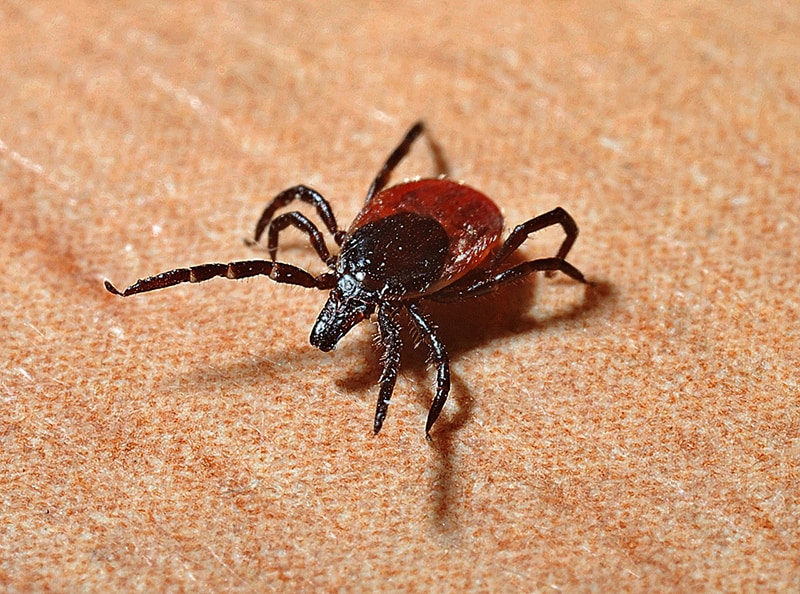Tick Borne Diseases – Nashville, TN | Tick-borne diseases have been on a steep, uphill climb in diagnostic reports. These diseases are known to cause harsh fevers, rashes, and even death if not treated.
Tick Borne Diseases
There are many kinds of species of ticks, however among the most common are deer and dog ticks. Despite what their names will lead one to believe, dog ticks aren’t looking for an owner to play a game of fetch. Unless the game is reversed, and the object of the game is to attach to a host and spread a disease which can causes excruciating headaches and lead to death.
It would be safe to assume most people want to prevent interactions with ticks. In order to prevent such disease, it would ultimately beneficial to retrieve professional assistance to be rid of the ever tenacious, tactful-yet tyrannical tick.
Tick Preparation And Prevention
With summer right around the corner more and more people are getting active. However, humans aren’t the only ones getting active. Unfortunately, unwanted pests also began their summer activity prep as well. Among these undesired pests are ticks. Ticks aren’t seen by most people as threats until it is too late. Some may presume that small unnoticeable pests that lack versatility cannot be that dangerous. However, a problem arises when one realizes that there are many different types of ticks spanning a wide array of shapes and sizes carrying all sorts of diseases.
Tick Borne Diseases; Signs & Symtoms
Of the more popular ticks in the united states which also carry diseases are Dog ticks (also known as the wood tick). These ticks are mostly spotted the South Eastern part of the U.S. These ticks can carry and transmit the Rocky Mountain spotted fever disease (RMSF). Signs and symptoms of (RMSF) are fevers, headaches, and skin rash. Rocky Mountain spotted fever disease can be deadly “if not treated early with the right antibiotic” (CDC.gov on RMSF).
In recent years Deer ticks (Black Legged Ticks), although much smaller than dog ticks, have been stirring up just as much if not more trouble as their (RMSF) spreading counter-part. In 2017 alone over 42,000 cases of Lyme disease have been diagnosed. And to whom do the infected owe their ‘‘gratitude’’ ? One should look no further than the humble little deer tick. Incredibly, doctors have estimated that the number of people who are infected with Lyme disease is around 300,000 each year in the United States (Amanda MacMillan Health.com). Which leaves the number of cases that are recorded to be not much more over 10%. The number is also on a steady increase as ticks and tick-borne disease are spreading throughout the United States entering every neighborhood, and soon to be every home if the issue persists.
What Is The Best Way To Contain And Be Rid Of Ticks?
This knowledge brings up one question, “What is the best way to contain and be rid of ticks?” With ticks, it’s best to be swift with the removal process. The benefits of being quick is that when a tick latches onto a host it can take several hours if not days to spread Lyme or (RMSF) infections. When the tick is removed during this process, the chances of the host receiving these diseases are substantially lower. A non-optimal solution would be to try to suffocate the tick. If one finds an area with a large volume of ticks, it would not be wise to assume that cutting off food and water supply because, unlike humans, ticks can survive well over 200 days without these necessities.
In the end, the best solution would be to contact professional assistance as soon as possible. This will not only prevent tick-borne disease from spreading in one’s home, but the spreading of these diseases in perhaps a neighbor’s home or a friend’s house. Like many other cases the solution again is to be proactive, preventing pests from causing mayhem in one’s home is far more achievable and reassuring than to have a long, drawn out battle against ticks and other pest.
CONNECT WITH US!
Connect with us at uspest.com or on YouTube and follow us on social media! Facebook | Twitter | Instagram | LinkedIn or Contact Us today!

